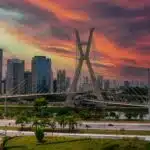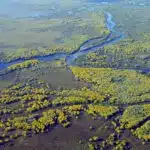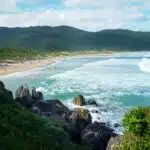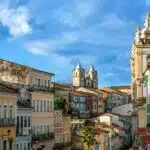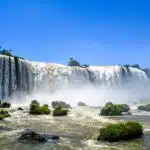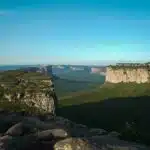The Amazon Rainforest in Brazil, often referred to as “the lungs of the Earth,” is one of the most biodiverse and awe-inspiring places on the planet. Covering approximately 5.5 million square kilometers, the Amazon spans across nine South American countries, with Brazil hosting about 60% of this vast and vital ecosystem. The Brazilian Amazon is a treasure trove of natural wonders, indigenous cultures, and unparalleled wildlife, making it a must-visit destination for nature lovers and adventurers alike.
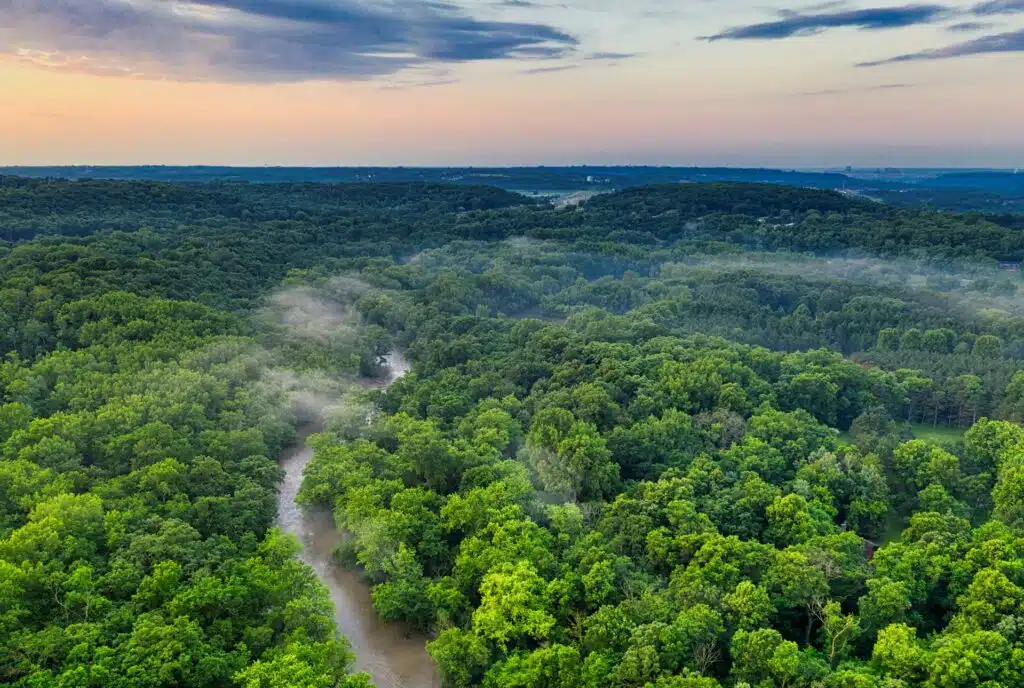
Reasons to visit the Amazon Rainforest Brazil
The Heart of Biodiversity
The Amazon Rainforest is home to an incredible array of species, many of which are found nowhere else on Earth. With more than 400 billion individual trees and thousands of plant species, the forest is a living laboratory of life. It’s estimated that one in ten known species on Earth lives in the Amazon, and new species are still being discovered regularly.
Among the forest’s most iconic inhabitants are jaguars, sloths, and various species of monkeys, as well as a myriad of colorful birds like macaws and toucans. The rivers and waterways that crisscross the forest are home to freshwater dolphins, piranhas, and the elusive anaconda. The diversity extends to insects, with over 2.5 million species, including the famous morpho butterflies and leafcutter ants.
This rich biodiversity is not just about numbers; it’s a reflection of the complex interdependencies that make the Amazon an essential part of our planet’s health. The rainforest plays a critical role in regulating the global climate by absorbing carbon dioxide and releasing oxygen, helping to stabilize temperatures and weather patterns worldwide.
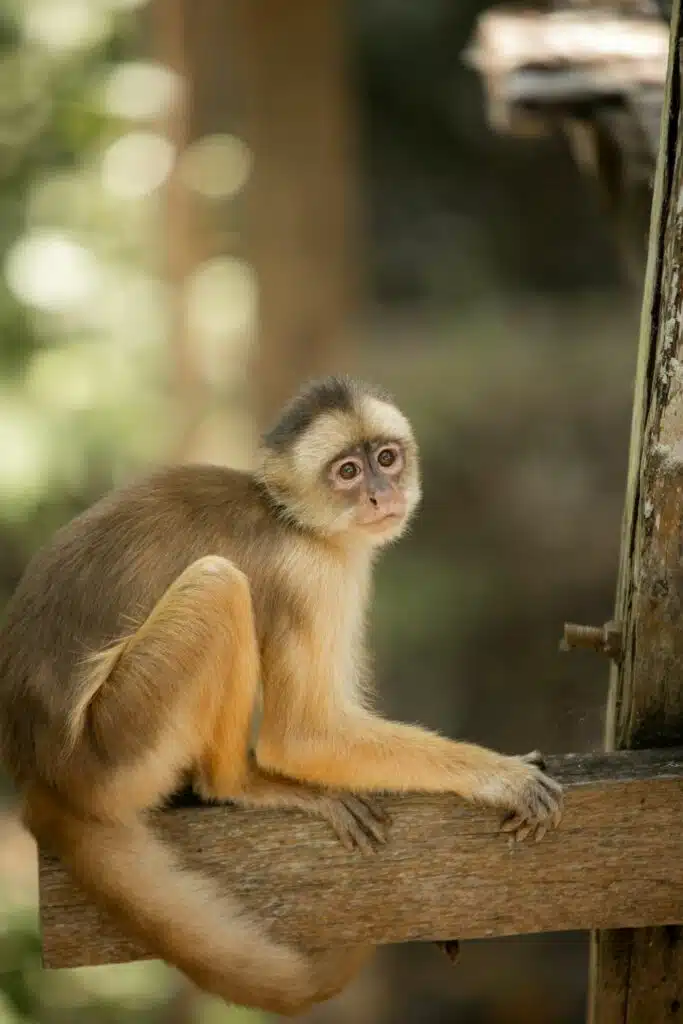
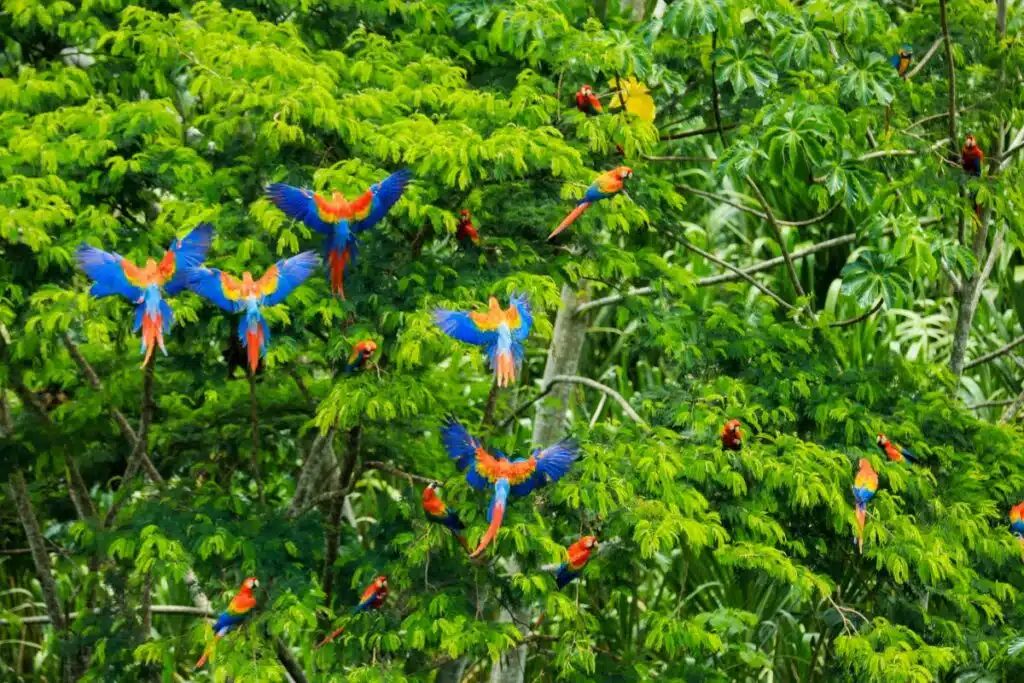
Indigenous Cultures and Traditions
The Amazon Rainforest is not just a natural wonder; it is also the ancestral home of many indigenous communities who have lived in harmony with the forest for thousands of years. These communities, with their deep knowledge of the land, contribute significantly to the preservation of the rainforest’s biodiversity.
In Brazil, there are over 300 indigenous tribes, each with its own language, culture, and traditions. The Yanomami, Kayapo, and Ashaninka are among the well-known groups, and their way of life is intricately linked to the health of the rainforest. Visiting indigenous communities offers a unique opportunity to learn about their traditions, medicinal practices, and their efforts to protect the forest from deforestation and other threats.
Many of these communities offer sustainable tourism experiences, where visitors can stay in traditional villages, participate in daily activities, and gain a deeper understanding of the Amazon’s cultural heritage. These experiences not only provide income for the communities but also help to raise awareness about the importance of preserving their way of life and the rainforest they depend on.
Navigating the Amazon: Rivers and Trails
The Amazon River, the lifeblood of the rainforest, is the second-longest river in the world and the largest by discharge volume of water. This mighty river and its countless tributaries provide the main transportation routes through the dense forest, connecting remote communities and offering a unique way to explore the region.
A popular way to experience the Amazon is through river cruises, which allow visitors to journey deep into the heart of the rainforest. These cruises vary from luxury vessels to more rustic boats, but all provide an immersive experience of the Amazon’s incredible scenery and wildlife. As you glide along the water, you’ll have the chance to spot pink river dolphins, fish for piranhas, and witness the incredible diversity of birdlife.
For those seeking a more hands-on adventure, guided treks through the rainforest offer an up-close look at the Amazon’s flora and fauna. Hiking trails take you through the dense jungle, where you can learn about the various plants and their medicinal uses, track wildlife, and even spend a night camping under the rainforest canopy. The Amazon’s dense vegetation and the sounds of its wildlife create an atmosphere that is both exhilarating and humbling.
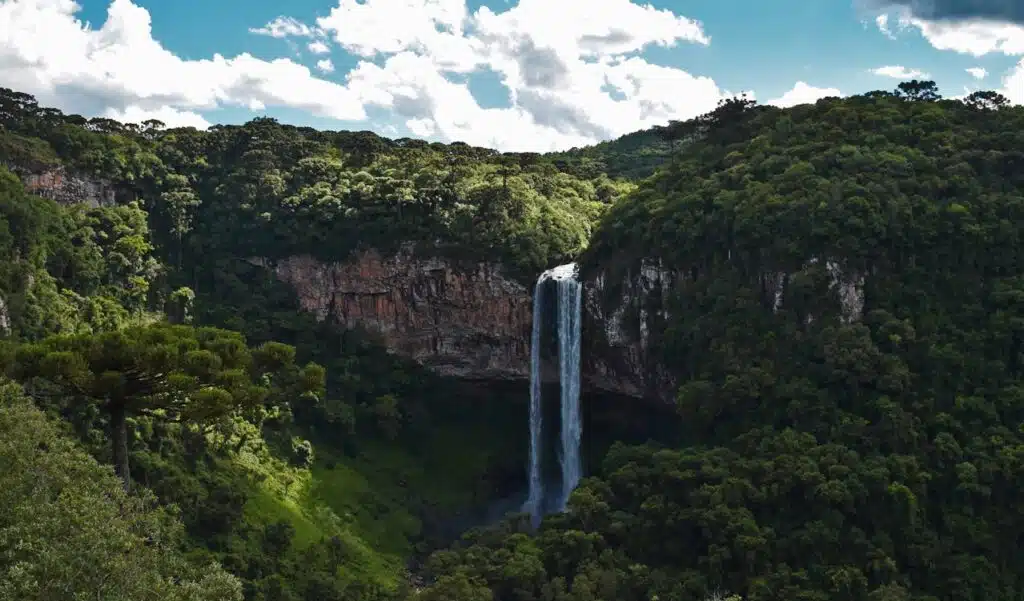
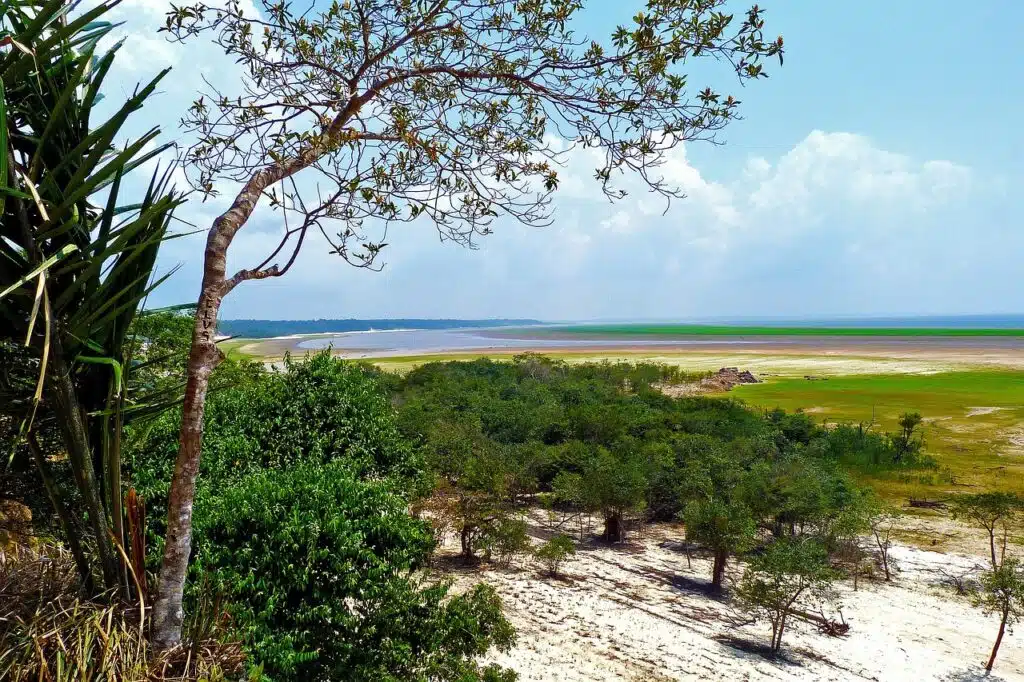
Protecting the Amazon: Challenges and Conservation
The Amazon Rainforest faces significant threats, including deforestation, illegal logging, mining, and climate change. Each year, large swaths of the forest are cleared for agriculture, particularly for cattle ranching and soybean production, which has led to habitat loss and a decrease in biodiversity.
However, there are many ongoing efforts to protect and preserve the Amazon. Conservation organizations, indigenous groups, and the Brazilian government are working together to create protected areas, promote sustainable land use, and enforce laws against illegal activities. Ecotourism also plays a crucial role in these efforts, providing economic incentives for local communities to preserve the forest rather than exploit it.
Visitors to the Amazon can contribute to these conservation efforts by choosing responsible tour operators that prioritize sustainability and support local communities. By experiencing the Amazon firsthand, you can also become an advocate for its protection, raising awareness about the importance of preserving this irreplaceable ecosystem for future generations.
Tips for Visiting the Amazon Rainforest Brazil
When to Visit the Amazon Rainforest Brazil
The Amazon Rainforest can be visited year-round, but the experience can vary depending on the season. The wet season (December to May) sees higher water levels, making river travel easier and allowing access to flooded forests, where you can canoe among the treetops. The rain can be heavy, but it’s usually short-lived, followed by sunny spells.
The dry season (June to November) offers lower water levels, revealing more hiking trails and opportunities for wildlife spotting on land. The weather is generally more stable during this time, with warm days and cooler nights, making it ideal for trekking and camping.
Getting to the Amazon Rainforest Brazil
The gateway to the Brazilian Amazon is the city of Manaus, located in the heart of the rainforest. Manaus is accessible by air, with flights from major Brazilian cities like São Paulo, Rio de Janeiro, and Brasília. From Manaus, you can embark on river cruises, join guided tours, or travel to jungle lodges located deeper in the forest.
Manaus itself is worth exploring, with attractions like the Teatro Amazonas, a stunning opera house built during the rubber boom, and the Meeting of the Waters, where the dark waters of the Rio Negro and the sandy waters of the Amazon River flow side by side without mixing for several kilometers.
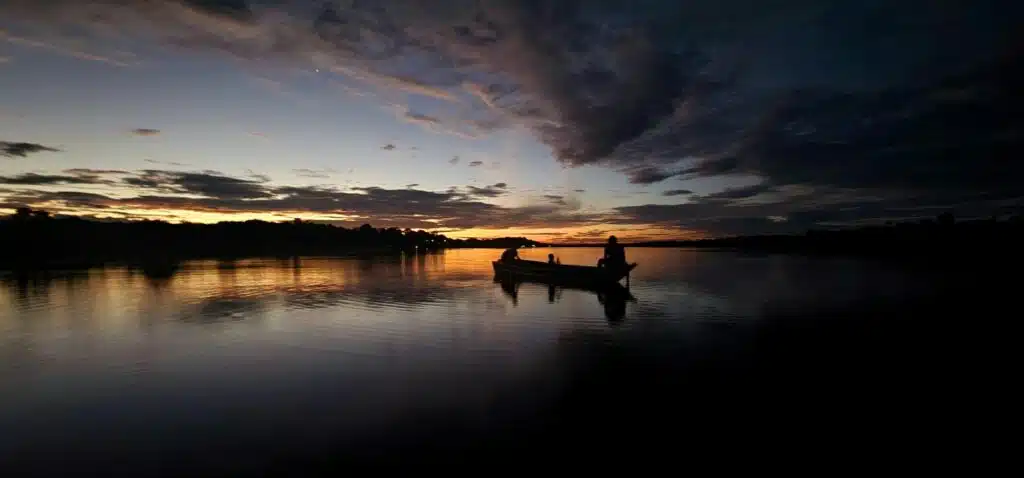
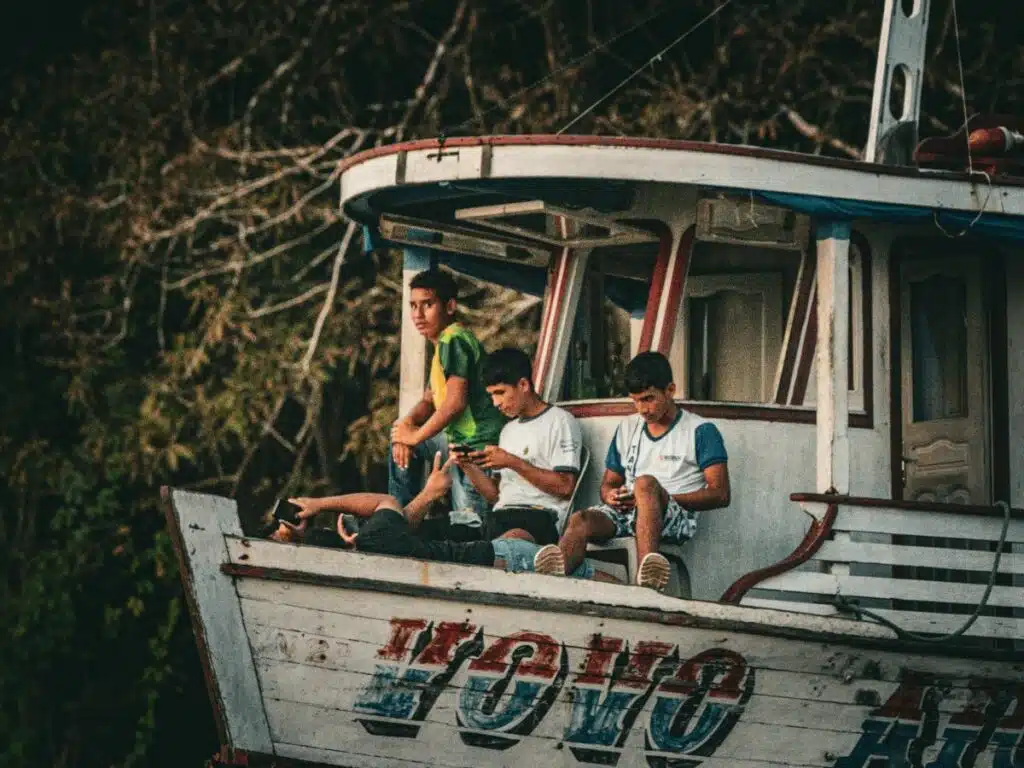
Experience the Majesty of the Amazon Rainforest
A visit to the Amazon Rainforest Brazil is a journey into one of the most extraordinary places on Earth. Whether you’re navigating the mighty rivers, trekking through the dense jungle, or learning from indigenous communities, the Amazon offers a profound connection to nature and a deep sense of wonder.
This is a place where the world’s most complex ecosystem comes to life, where every sound, smell, and sight reminds you of the delicate balance that sustains life on our planet. Exploring the Amazon is more than just an adventure—it’s a reminder of the importance of preserving this vital region for the health of the Earth and all its inhabitants.


